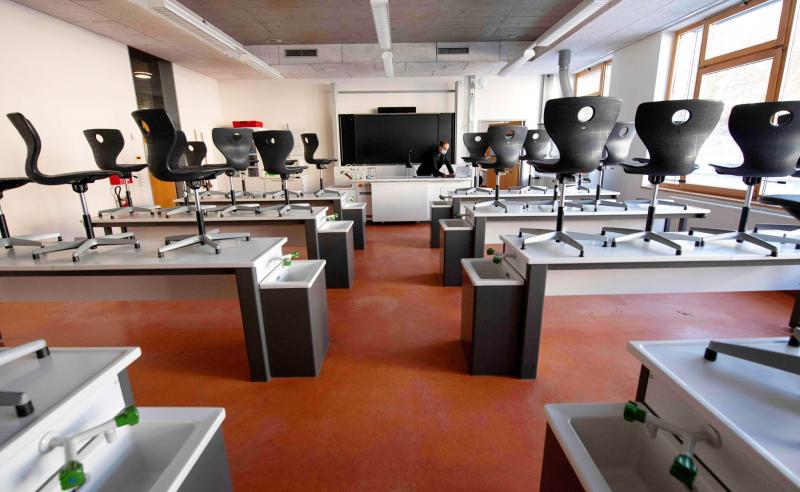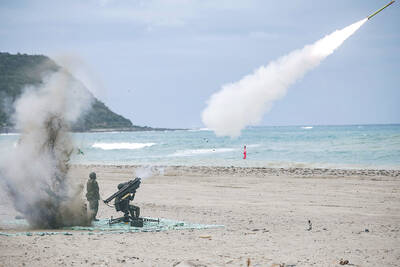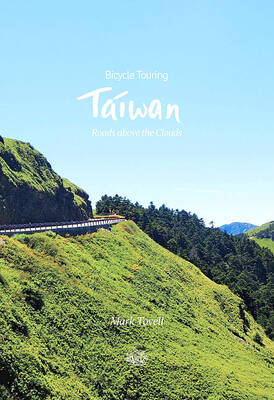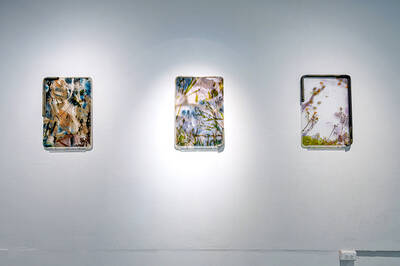For John Domingue, director of the Open University’s pioneering research and development lab, the Knowledge Media Institute (KMI), the “online genie” is out of the bottle and won’t go back in.
“It’s slightly galling to see some universities trying to replicate online almost exactly what they delivered face-to-face before COVID. Standing before a camera and broadcasting is not online teaching. You need to do things differently,” he says.
So what can universities undertake to make online learning more than just a heavy focus on streaming and recording technology? Domingue points to artificial intelligence (AI) and the concept of an online library for educators based on a Google search engine dedicated to education, and a Netflix-style recommendation tool that tracks down content to suit a lecturer’s own field, based on previous searches.

Photo: AFP
KMI is currently developing a personalized AI assistant or chatbot, an AI career coach and other tools that can analyse essays for marking and set up quizzes on revision topics.
Personalization is also key to giving students and lecturers a better online experience. In 2017, Oxford’s Said Business School installed the first immersive virtual classroom of its kind in the UK: a bank of 27 HD screens able to simultaneously support up to 84 students from across the globe, called the Oxford Hub for International Virtual Education. An in-room camera follows lecturers moving around the room, who can respond — as in real life — to visual cues from and talk directly to individual students.
While such technology could be prohibitively expensive for many institutions, Duncan Peberdy, a consultant specializing in tech-enabled learning spaces and former adviser at the educational IT body, Jisc, says a much cheaper alternative in the form of a three to four meter wide screen offering a different dynamic based on simplified specifications has been developed by ViewSonic.

Photo: AFP
“We are now in talks with two UK universities to jointly develop it on their campuses,” he says.
Meanwhile on UK campuses, many universities are striving to make the online experience more than just a lecturer broadcasting in front of a camera.
“We didn’t want that approach so we ‘shifted’ academics who were simply recurating their material with PowerPoint slides and brought in new hardware and specialists to assist them,” says Guy Daly, deputy vice-chancellor (education and students) at Coventry University.
“We realized our academics either needed the skills or support to deliver online learning in a very engaging way in a now very different world. Since March, we’ve repurposed 2,500 course modules at under and postgraduate level for delivery in the first term of this academic year.”
Coventry has moved virtually all its student assessments and exams online.
“We also used to talk about the death of the traditional lecture and bringing in more student activity-based learning as opposed to traditional didactic methods, but we’ve accelerated that journey due to COVID,” says Daly.
Wholesale and now permanent changes have gone hand in hand with the launches of Coventry’s first online postgraduate certificate in education and the first online nursing degree in England.
Many taught postgrad students, particularly those using labs, have been among students hardest hit, according to Danielle George, associate dean for teaching and learning at the University of Manchester.
“They only have one year to ensure they receive all their intended learning outcomes from their course. So we’ve invested in software to enable them to do prep work at home so they will then need less time in the lab itself,” she says.
“We have also helped them with time management, which is absolutely key [during short courses]. COVID took away their daily structure of going from room to room on campus so we’ve timetabled asynchronous activities — their lecturer will, say, be available ‘live’ at 9am to deliver a lecture and then answer questions, or they can choose to watch a recorded version later in their own time.
“My best advice to postgrads is to get involved in anything to do with induction — we’ve invested a lot more energy, time and passion in this area than we’ve done before and put on numerous practical online sessions,” says George.

In late October of 1873 the government of Japan decided against sending a military expedition to Korea to force that nation to open trade relations. Across the government supporters of the expedition resigned immediately. The spectacle of revolt by disaffected samurai began to loom over Japanese politics. In January of 1874 disaffected samurai attacked a senior minister in Tokyo. A month later, a group of pro-Korea expedition and anti-foreign elements from Saga prefecture in Kyushu revolted, driven in part by high food prices stemming from poor harvests. Their leader, according to Edward Drea’s classic Japan’s Imperial Army, was a samurai

The following three paragraphs are just some of what the local Chinese-language press is reporting on breathlessly and following every twist and turn with the eagerness of a soap opera fan. For many English-language readers, it probably comes across as incomprehensibly opaque, so bear with me briefly dear reader: To the surprise of many, former pop singer and Democratic Progressive Party (DPP) ex-lawmaker Yu Tien (余天) of the Taiwan Normal Country Promotion Association (TNCPA) at the last minute dropped out of the running for committee chair of the DPP’s New Taipei City chapter, paving the way for DPP legislator Su

It’s hard to know where to begin with Mark Tovell’s Taiwan: Roads Above the Clouds. Having published a travelogue myself, as well as having contributed to several guidebooks, at first glance Tovell’s book appears to inhabit a middle ground — the kind of hard-to-sell nowheresville publishers detest. Leaf through the pages and you’ll find them suffuse with the purple prose best associated with travel literature: “When the sun is low on a warm, clear morning, and with the heat already rising, we stand at the riverside bike path leading south from Sanxia’s old cobble streets.” Hardly the stuff of your

Located down a sideroad in old Wanhua District (萬華區), Waley Art (水谷藝術) has an established reputation for curating some of the more provocative indie art exhibitions in Taipei. And this month is no exception. Beyond the innocuous facade of a shophouse, the full three stories of the gallery space (including the basement) have been taken over by photographs, installation videos and abstract images courtesy of two creatives who hail from the opposite ends of the earth, Taiwan’s Hsu Yi-ting (許懿婷) and Germany’s Benjamin Janzen. “In 2019, I had an art residency in Europe,” Hsu says. “I met Benjamin in the lobby